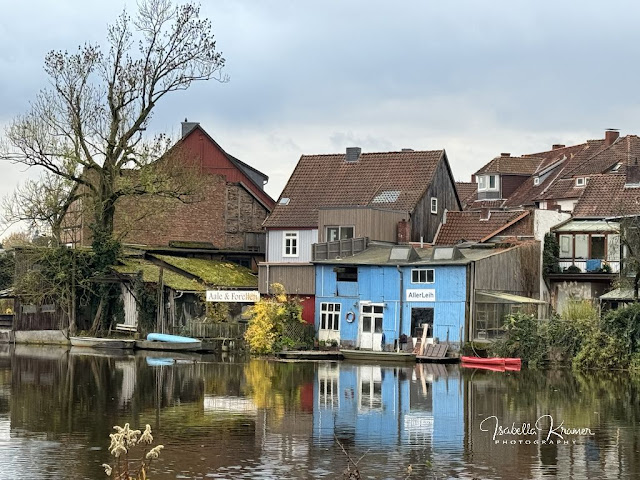.
ᑎᑌTᑕᖇᗩᑕKᕮᖇS
Nutcrackers in the form of wooden carvings of a soldier, knight, king, or other professions date back to the 15th century. The nutcrackers resemble people with large mouths which the operator opens by lifting a lever in the back of the figurine. (One could originally insert a nut into the mouth, press down and crack the nut.) Modern nutcrackers of this type serve mostly as decoration, mainly at Christmas time.
Originating as a cottage industry in the rural areas of Germany, the carving of nutcrackers has become widespread. The most popular and famous nutcracker carvings come from Sonneberg in Thuringia and from the Ore Mountains. The most famous carvings came from Herr Christian Steinbach. He is also known as the “King of Nutcrackers,” as he started the tradition of handcrafting and carving nutcrackers. The Steinbach name is recognized throughout the world for the unique design of the wood-carved Steinbach creations. The unique tradition of handcrafting nutcrackers is continued by Herr Steinbach’s daughter Karla Steinbach and granddaughter Karolin Steinbach. Karla Steinbach, Vice President of Operations, is the 6th generation to lead the company.
GOOᗪ ᒪᑌᑕK SYᗰᗷOᒪS
According to German folklore, nutcrackers bring good luck to your family and protect your home. A nutcracker is said to represent power and strength, serving somewhat like a watchdog guarding your family against danger. A nutcracker bares its teeth to evil spirits and serves as a messenger of good luck and goodwill. Long ago, rare or unusual nutcrackers were part of the social dining tradition. Serving as whimsical conversation pieces, guests lingered at the table enjoying shelled treats such as pecans and hazelnuts.
We haven't had much light in the last few days, but look what nature spent yesterday evening. The sundowns around Christmas are the best, aren't they?
Ich wünsche Euch eine wunderschöne, harmonische Adventszeit.
herzlichst Isabella
Skywatch Friday - Image-in-Ing - My Corner of the World
.
.
































